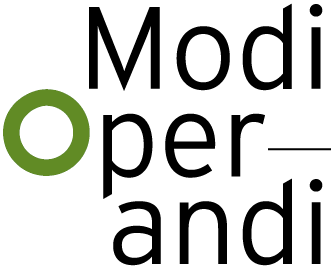PERSPECTIVES OF DEATH
Before discussing the contemporary perspective on death, some historical origins will need to be outlined first. In his book, Ariès defines three historical stages leading up to today’s attitude.[3] Starting from the Early Middle Ages, he defines the first period as Tamed Death. In this period, people were familiar with the phenomenon as it was regarded as a collective characteristic of the human species and not given any further implication.[4]
Death was not theatrical, wild, or feared like nowadays, which explains the term Tamed.[5] The second period – One’s Death – started around the 11th and 12th centuries, when the view shifted. Here, the phenomenon became personal as members of society became more aware of their individuality.[6] Moving on to the 19th century, death was slowly given more meaning. It was dramatized and for the first time seen as a break from the ordinary and a transgressive act.[7] People started to mourn excessively, meaning that they had more difficulty accepting the death of another person.[8] Ariès thus calls this period Thy Death, as a deviation of the personal relation of the individual to death.
As stated in the introduction, the attitude towards death recently changed dramatically. Ariès presents a period of Forbidden Death, starting from the 1930s and describes it as follows: ‘Death so omnipresent in the past that it was familiar, would be effaced, would disappear. It would become shameful and forbidden’.[9] Subsequently, two factors, the social and the spatial, ought to have triggered this shift.
Social
The social factor is related to the negative connotation of death. Due to the prevalence of medicine in society, the focus on extending life – or, as Baudrillard describes it ‘forcing life for life’s sake’ [10] – we are collectively denying death. As a consequence, it is now seen as a failure of life. It has become a limitation of our being that we keep on trying to surpass, transforming us into ‘living memorials’ that hide the marks of death.[11] The research institute Union of International Associations refers to this shift as the dehumanization of death and evaluates it as a worldwide problem: ‘Grief and mourning are considered abnormal. Dying is a taboo’.[12] Referring back to Ariès, it is the de-normalisation and oppression of negative emotional expressions that seem to have triggered the change: we feel obliged by modern society to contribute to a – what he calls – collective happiness, and thus rather hide the negative parts of life.[13]
Spatial
The second factor is one of displacement: where formerly people would die at home, they now die in a hospital; distanced from society.[14] In A Social History of Dying, Kellehear links this segregation to the development of cities. As cities grow and modernize, there is an increase in specialization. Processes become more complex, leading to a tendency of managing death: an attempt to ‘control the potential chaos that dying may elicit’.[15]
Moreover, it is stated that, due to the medicalization of society, we are not the ones in charge of our end, but it has become managed for us.[16] The institutionalization and increased privatization, or in other words, the sequestration of the experience of death is also mentioned by Mellor & Shilling.[17] The spatial separation is explained as a ‘strengthening of boundaries between the living and dying bodies’.[18] Lastly, the frequent relocation of cemeteries to the outskirts of the city as another form of displacement is explained by Worpole as one of the reasons for the fact that death is hardly tangible in modern cities.[19] In fact, one could argue that the theme of death was never even in the equation when conceiving (the development of) cities. After all, the modern city is built to be productive. It is a place that supports the collective happiness of contemporary society and is mainly constructed for work and leisure. Due to the separation of the territory for the living and the one for the dead or dying, we are less confronted with the phenomenon in our daily lives. As architecture can, according to Bataille, be seen as ‘the expression of the very being of societies, the same way that human physiognomy is the expression of the being of individuals’, it might be valuable to look at this changed perspective in relation to the contemporary architectural discourse, as a continuation of its exile from the city in the realm of urbanism.[20]
